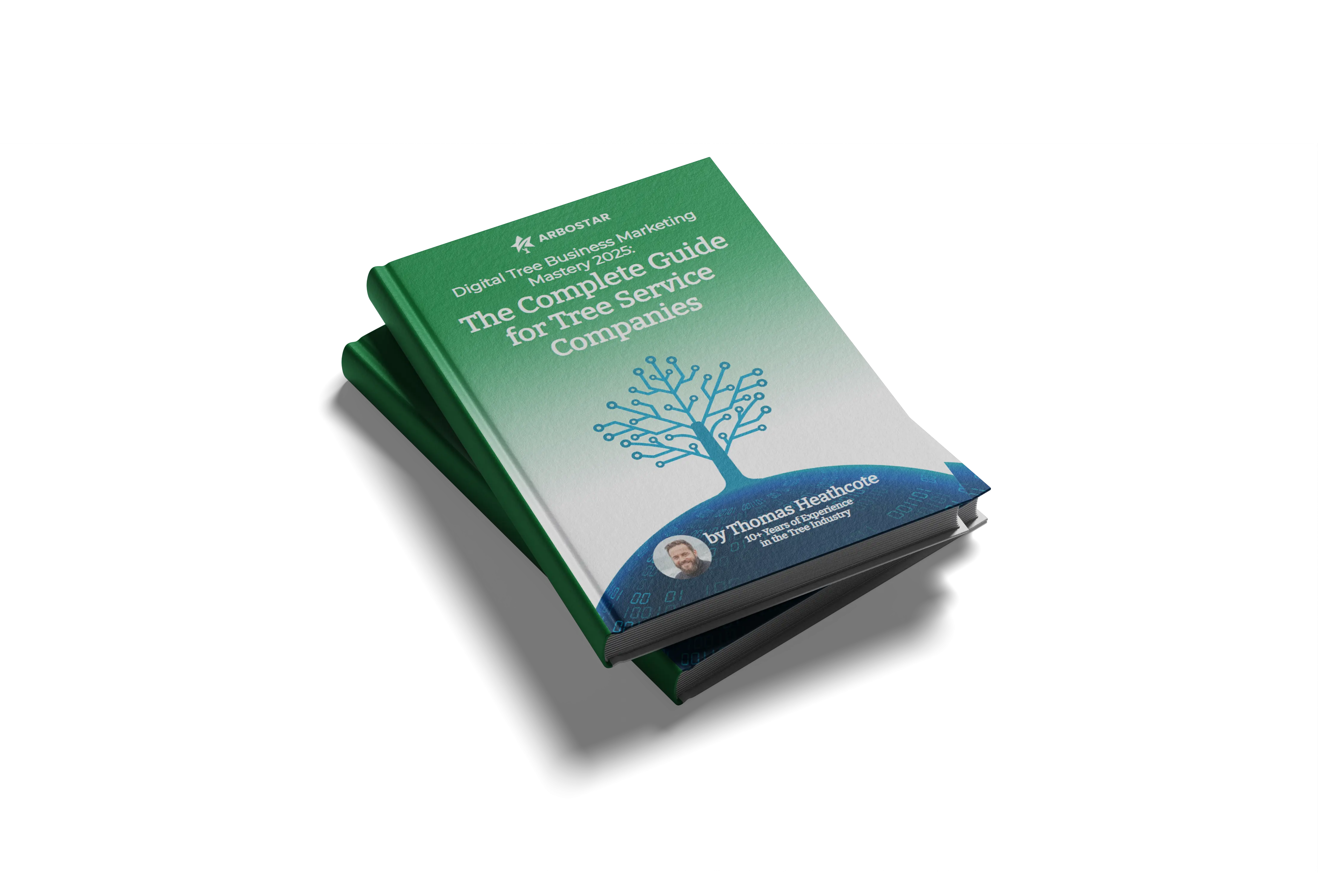Fundamental Marketing Approaches

Among the vast options and considerations there are in terms of marketing, there are four recognized techniques for business development.
These four methodologies distinguish the fundamental types of advertising plans that exist, and the kinds of speculations and components related with each. The systems are characterized by whether the attention is on new or existing items and new or existing business sectors.
Each varying in risk and requirement, they are all approaches that have been found to be fundamental in modern marketing.

Market Penetration Strategy
When a company focuses on offering its items to existing clients in an existing market, it is using a market penetration methodology.
These are essentially efforts that are in an aim to expand a base of existing clients, pull in contenders' clients and to expand the recurrence of item or service's use.
This works off of the approach of prioritizing the collection of clients, dominating competition and guaranteeing that one's business is not powerless against its contenders.
Market penetration strategies tend to focus around expanding the public awareness of a company, through promoting what it has to offer, usually through means that individualize its product from others Such means include campaigns aimed at reframing the traditional uses or structuring of products or services, and ones that offer incentives.
It's essentially the effort to characterize a company and what it has to offer from its competitors, and to allocate it as much of an existing market as possible.
Market Development Strategy
The endeavors to extend business operations by selling items in new business sectors and areas are referred to as market development methodology.
Such efforts may include entering new geographic business sectors, or different and new targets in advertising.
This alludes to a company's effort to grow their marketing and business operations into a region they have not yet been in, usually in an aim to broaden a client base.
Such an approach can vary by business and product, which sometimes needs to adapted to better relate to the new area of interest.
For example, should a company begin to operate in a new region, they might consider changing their services to best meet the needs of individuals within that area, based on its circumstantial, geographical and cultural factors.
As neighborhood markets can differ when compared on a national level, business administrators take this into account when applying a market development strategy.

Item Development Strategy
The production of new items and services to offer to existing clients is a typical use of item development strategy. This technique is used among companies that wish to use their existing associations with clients to generate more business.
This is implemented through the development and promotion of administrations related to what a company already offers.
As such new products are similar in nature and, in turn, are already found to be of interest of existing clients, this strategy can be effective for the reason that it requires very little effort in terms of the establishment of business presence and relationship with individuals.
Diversification Strategy
A diversification methodology consists of efforts to bring new items into new business sectors. Tree care businesses looking to branch out into new services can benefit from arborist scheduling software to manage multiple teams, coordinate schedules, and maintain efficiency in different locations.
It basically characterizes a company's effort to broaden its reach, through the creation of new enterprises.
This approach is usually employed by companies of larger stature, and is considered a risky undertaking for its turbulent implementation.
Through intentional and extensive applications of appropriate marketing strategies, individuals can undoubtedly create prosperity and success for their business. When considering such means of advancement, it is imperative to completely consider all options, and to make sure that they are reasonable for given circumstances.










